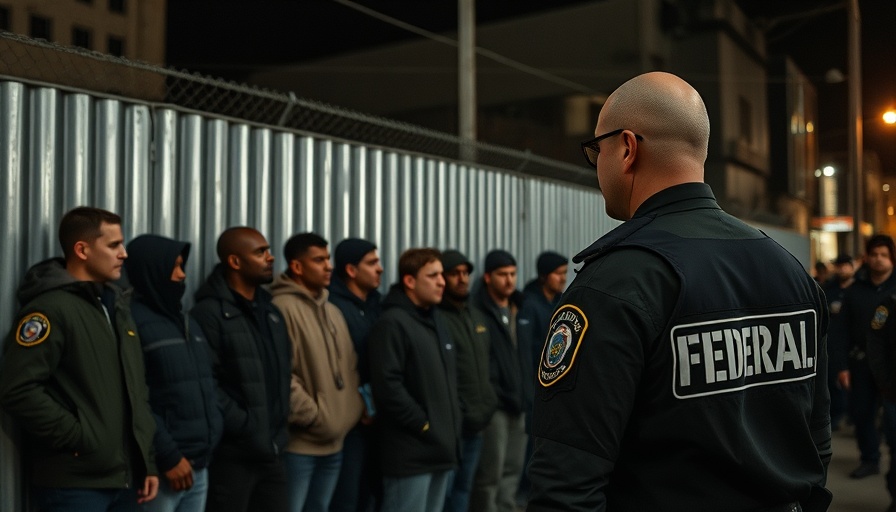
The True Power of Sanctuary Declarations: Myth or Reality?
In light of the recent ICE raids in San Diego, the debate about the effectiveness of sanctuary declarations has resurfaced. While the purpose of these declarations is clear—to provide a protective buffer for undocumented immigrants from federal enforcement actions—the practicalities reveal a different narrative. Local governments asserting themselves as sanctuaries raise questions about their actual power to shield individuals from federal immigration agencies.
Understanding Sanctuary Policies in Local Context
Sanctuary policies are designed to limit cooperation between local law enforcement and federal immigration enforcement. Advocates argue that these policies help undocumented immigrants feel safe in their communities, encouraging them to report crimes and access services without fear of deportation. However, incidents like the recent restaurant raids challenge the effectiveness of such systems. Many residents wonder: Are these local measures sufficient against the might of federal ICE operations?
Public Backlash and Community Sentiment
The San Diego community's reaction to ICE raids represents a blend of concern and support. On one hand, those in favor of sanctuary declarations champion the stance taken by local officials as a necessary safeguard. On the other hand, some residents echo a more critical sentiment, challenging the efficacy of these policies in lives impacted by deportation fears. This division is particularly evident as community members grapple with understanding how to best support the undocumented individuals among them while addressing growing public safety concerns.
Future Implications for Immigration Policy
As federal immigration policy remains contentious, the San Diego experience may be a precursor to broader national conversations about sanctuary cities. If sanctuary laws are perceived as ineffective, it poses an opportunity for new legislation aimed at strengthening protections for immigrants. Alternatively, it could trigger a call for stricter enforcement measures from those who believe sanctuary policies enable illegal immigration.
Empowerment Through Understanding Immigration Law
For many San Diegans, understanding the legal landscape governing immigration is crucial in today’s climate. Awareness of rights within the context of immigration laws can empower individuals to take informed actions in their community. By educating residents about their rights and potential legal options, local organizations can bolster resistance against unjust enforcement actions.
Making Informed Decisions in the Face of Uncertainty
As recent events unfold, local residents are faced with crucial decisions regarding how they engage with their communities and advocate for change. Whether through grassroots organizing, supportive actions for local businesses facing immigration crackdowns, or vocal advocacy for policy reform, there are many avenues available for community engagement. Understanding the nuances of the immigration system can help shape more informed and empathetic approaches to the challenges at hand.
Your Role in Shaping Community Response
As someone living in San Diego, you have the power to influence how immigration policy unfolds in your community. Engaging in local discussions, supporting immigrant rights groups, and communicating with local officials can extend the impact of sanctuary declarations, potentially leading to more robust protections for all residents. Now is the time to take proactive steps in defense of those whose lives are affected by these enforcement actions.
 Add Row
Add Row  Add
Add 




Write A Comment